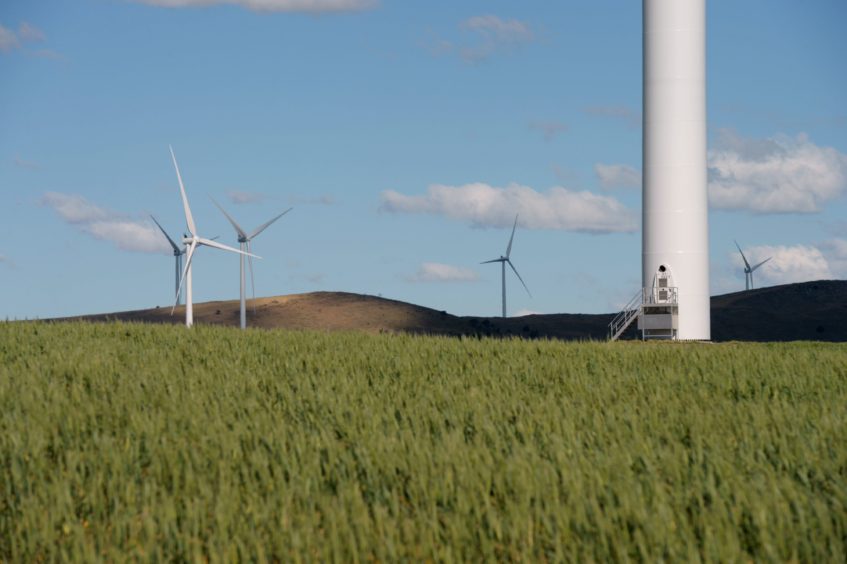
Australia’s financing of cleaner power is slowing because the country’s aging grid isn’t being upgraded quick enough to accept new, intermittent generation and transport it efficiently to demand centers.
That’s curbing the profitability of existing projects and making future ones more expensive. For instance, the addition of more renewable generation near the Broken Hill Solar Plant in remote New South Wales has increased the facility’s marginal loss factor — a measure of the difference between the amount of electricity generated and the amount lost in transmission — by more than a fifth in the year started July from a year earlier.
“The transition isn’t at all smooth, it’s actually very painful,” Alex Wonhas, chief system design and engineering officer at the Australian Energy Market Operator, said at an industry summit in Sydney on Tuesday. Two out of every three connection applications received by AEMO from renewable projects were located in weak parts of the network “where we simply don’t have the system strength to keep the system stable.”
A survey of 75 chief executives from Australia’s clean energy sector this week showed investment confidence has fallen in the past six months. That’s borne out by a BloombergNEF report last month that showed renewables investment in the country plunged 49% in the first half of 2019, after surging to record levels in the previous two years.
Grid constraints and marginal loss factors are being compounded by regulatory uncertainty. The country’s national election in May returned to power the center-right Coalition government, which has been a firm supporter of the coal industry with no clear agenda for tackling carbon pollution.
“We can’t expect to see the same rapid rate of new build in the renewables sector that we’ve seen in the past couple of years until we’ve got stable and sensible policy at a federal level,” Karen Gould, investment director at Palisade Investment Partners, said at the event.
Marginal loss factors, which are calculated by AEMO, are likely to increase “because we are putting more generation in and we are not building transmission fast enough,” Wonhas said. AEMO is tackling the issue via its integrated system plan, which seeks to identify where transmission upgrades are needed and how best to implement them.
For some, the planning process should have started a lot sooner. In 2015 the government set a renewable energy target of 33,000 gigawatt-hours of generation by 2020, not including small-scale solar. That type of clean energy output in Australia in 2018 was about 35,000 gigawatts hours.
“We’ve put a target in, we’ve run at the target, but we didn’t prepare the runway,” said John Titchen, managing director of Goldwind Australia, which has a portfolio of wind and solar assets.
The scale of the marginal loss factor in transmission has taken the industry by surprise, said Palisade’s Gould, noting that a number of projects were likely to require an equity injection when they come up for re-financing. “It has impacted equity returns, and ultimately that leads to a risk premium needing to be added to future investments.”
While new clean energy projects struggle to gain access to a congested grid, aging coal and gas-fired generators are being kept running for longer to maintain system stability. AGL Energy Ltd. said Friday it would delay the planned closure of its Liddell and Torrens A plants, both around 50 years old, to help the national energy market cope with peak summer demand, which has seen blackouts in parts of southeastern Australia in recent years.
Despite the challenges facing the industry, it’s not all doom and gloom. A number of coal-fired plants will be retired over the next decade and they will only be replaced by the cheapest cost of energy, which is renewables, Clean Energy Finance Corp. Chief Executive Ian Learmonth said in an interview.
“I’m hoping once some of these issues around the grid and regulations are settled that we’ll see another significant uptick in the renewable energy pipeline,” he said.
Recommended for you
